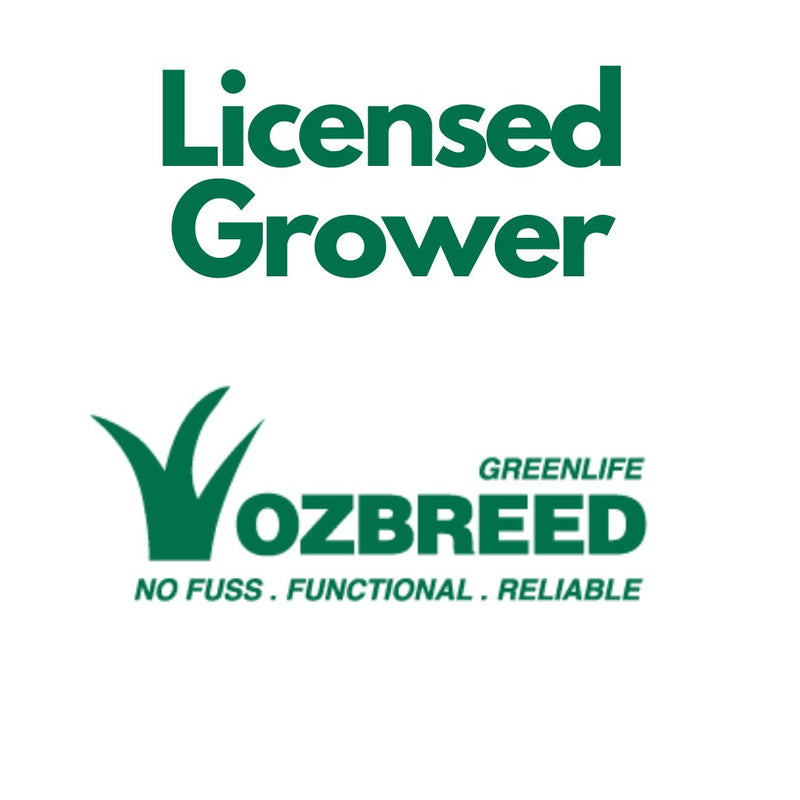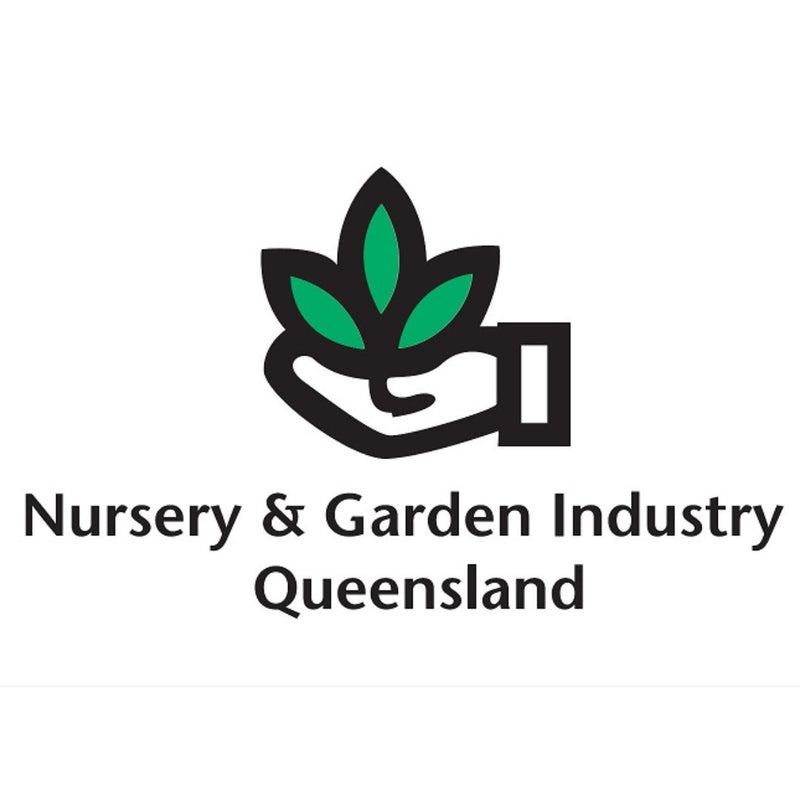Elaeis guineensis - African Oil Palm
Description
Elaeis guineensis, commonly known as the African Oil Palm, is a highly valuable and widely cultivated palm known for its oil-rich fruit. This palm is a key agricultural crop, producing palm oil used in a variety of food and industrial products. It is also appreciated for its ornamental qualities, including its large, feathery fronds and robust growth.
Flowers
The African Oil Palm produces small, cream-colored flowers that grow in dense clusters on branched inflorescences. The flowers are monoecious, with separate male and female flowers on the same plant. The female flowers develop into large clusters of fruits.
Foliage
The leaves are pinnate and arching, with numerous narrow, lance-shaped leaflets arranged along the length of the frond. Each frond can reach up to 5-7 meters in length. The leaflets are dark green and provide a lush and tropical appearance. The foliage creates a dense, feathery canopy that is both attractive and functional for shade.
Fruit
The fruit of the African Oil Palm is a small, oval drupe that turns from green to orange-red as it matures. The fruit is rich in oil, which is extracted from both the pulp (palm oil) and the kernel (palm kernel oil). The fruit clusters are large and can weigh up to 50 kilograms.
Form and Size
The African Oil Palm typically grows to a height of 15-30 meters with a spread of 6-10 meters. It has a single, stout trunk that is topped with a crown of arching fronds. The trunk is grey and often marked by the scars of old leaf bases, contributing to its impressive appearance.
Growing Conditions
- Soil: Prefers well-drained, rich, loamy soil. Thrives in moist, fertile conditions and can tolerate a range of soil types, including clay and sandy soils.
- Sunlight: Grows best in full sun. Requires plenty of sunlight to maximize fruit production.
- Water: Requires regular watering to keep the soil consistently moist but not waterlogged. It benefits from high rainfall and humidity.
- Climate: Suitable for tropical climates. Prefers warm, humid conditions and is frost-sensitive. Optimal growing temperatures range from 24-28°C (75-82°F).
Uses
- Agriculture: Primarily grown for its oil-rich fruit, which is processed into palm oil and palm kernel oil. These oils are used in cooking, food products, cosmetics, and industrial applications.
- Landscaping: Occasionally used as a specimen tree in large tropical gardens and parks due to its impressive size and foliage.
- Ornamental: The large, feathery fronds and robust form provide a dramatic and exotic look, enhancing the aesthetic appeal of any large garden or landscape.
Maintenance
- Pruning: Regular pruning required to remove dead or damaged fronds and old fruit clusters. Care should be taken when pruning due to the size and weight of the fronds and fruit clusters.
- Fertilizing: Benefits from regular applications of a balanced, slow-release fertilizer, especially during the growing season.
- Pest and Disease: Can be susceptible to pests such as scale insects and diseases such as Ganoderma butt rot. Ensure good air circulation and proper spacing to minimize disease risk.
Notes
The African Oil Palm is a highly productive and economically important palm that also adds a distinctive tropical flair to large gardens and landscapes. Its impressive size and lush foliage make it a noteworthy plant in any tropical setting.
Companion Plants
- Musa spp. (Banana)
- Ananas comosus (Pineapple)
- Cocos nucifera (Coconut Palm)
- Heliconia spp. (Heliconia)
Common Name
African Oil Palm
Botanical Name
Elaeis guineensis
Family
Arecaceae
Origin
Native to West Africa
Read lessQuantity:
In Stock
Sold out
Please note that all Plants on this site are a range of plants we grow through out the year.
Availability changes all through out the year. please check with us via our Sunshine Coast Garden Centre page for Pricing & Availability
Product Availability
Plants & Pots come and go all year around.
- Plants are seasonal and sometimes we run out but have more batches coming along.
- Some Plants are not always in-stock however we can either order it in. pending availability
- Available numbers change every hour of the day in store and where we grow so please check in with us on how many you are looking for
- we have access to thousands of plants. if you are looking for a specific plant please let us know and we will see if its coming into stock soon or if we can order it for you.
- we will sometimes keep plants on our website to show you the description of how it grows and its specific characteristics. they may not be in stock all the time however we will keep it up online so when it comes in we wont have to reload products
Where are our plants Grown and how do we grow them
- Plants are grown locally on the Sunshine Coast
- All outdoor plants are sun hardened and ready to grow
- Indoor plants are grown under 50% Shade and will transfer perfectly to indoor use
- Orchids are also grown under 50% Shade and are best brought indoors during flowering for show then returned back into a shaded area until the following flowering time
- we are Qualified horticulturists, greenkeeper as well as Qualified landscape Construction with over 35 years experience in the industry. We use Quality products and materials to grow all our plants.
How to Look after your plants like we do
- When using any Garden Care products or Fertilisers we always recommend reading the label before use
- We recommend using Earthlife crushed rock mineral on all plants when planting in the ground or in Pots.
- When planting in Pots in Our garden centre we use either Rocky Point Premium Potting mix or our own custom potting mixes blend to plant all our plants
- If planting in the ground we also recommend that you use good quality Bagged garden soil around your plants at the time of planting





